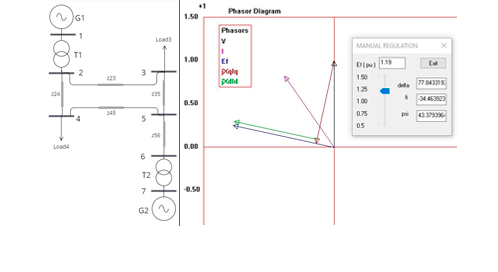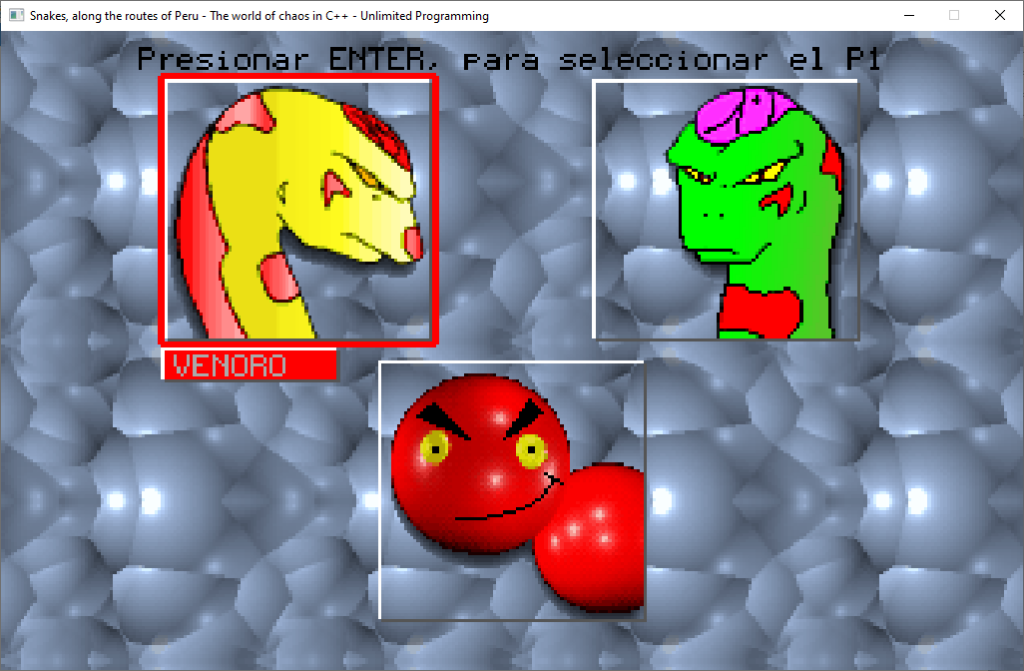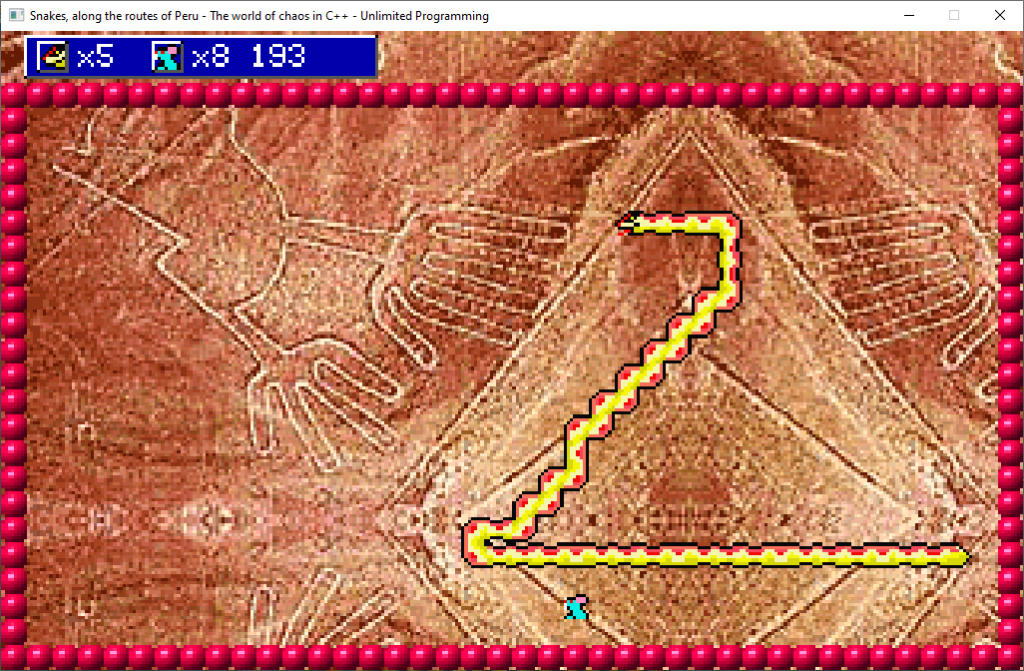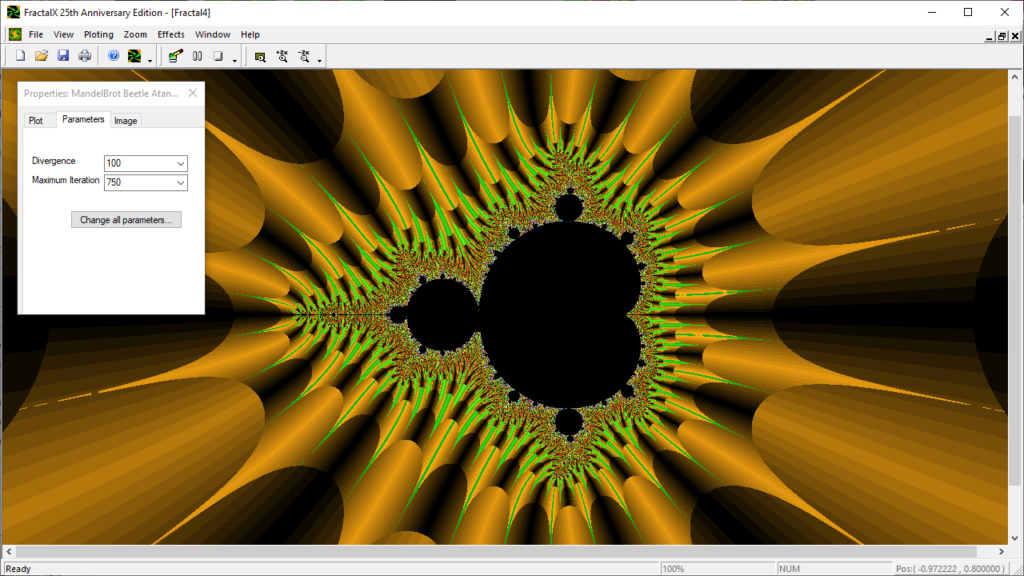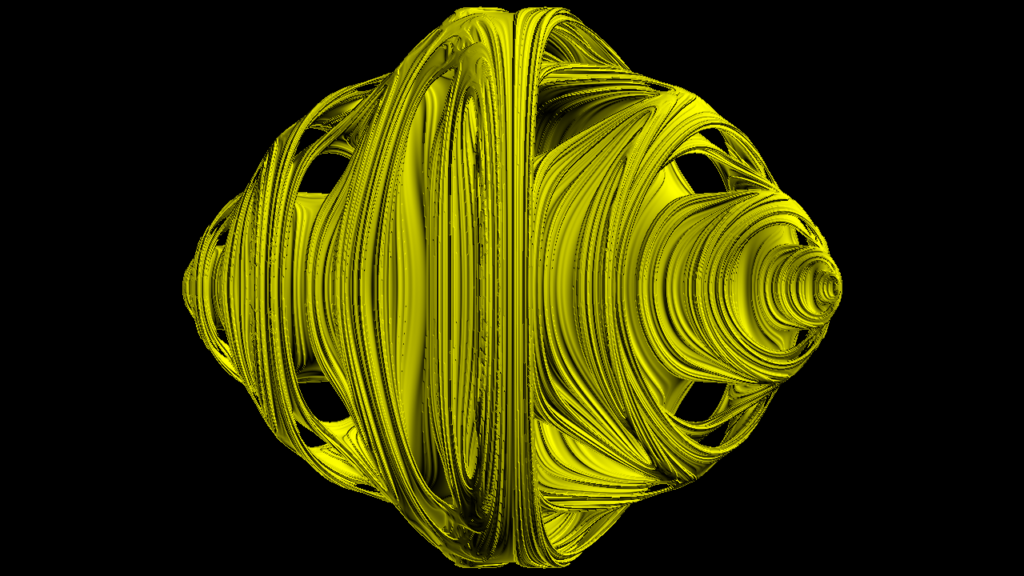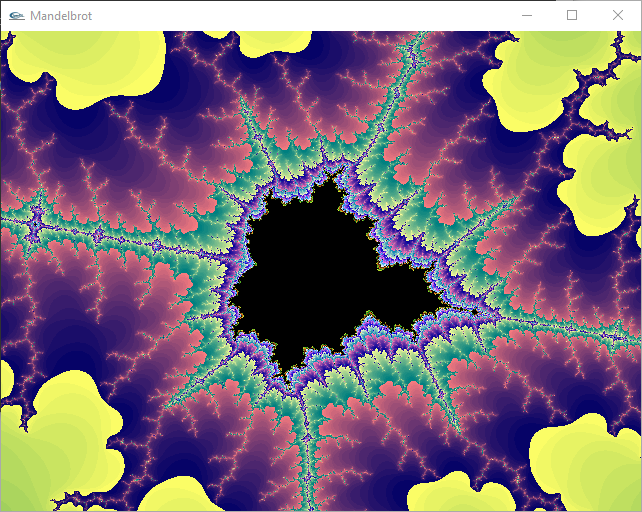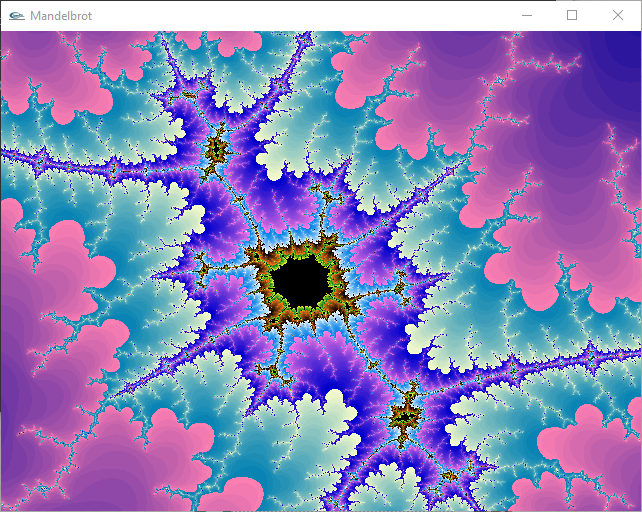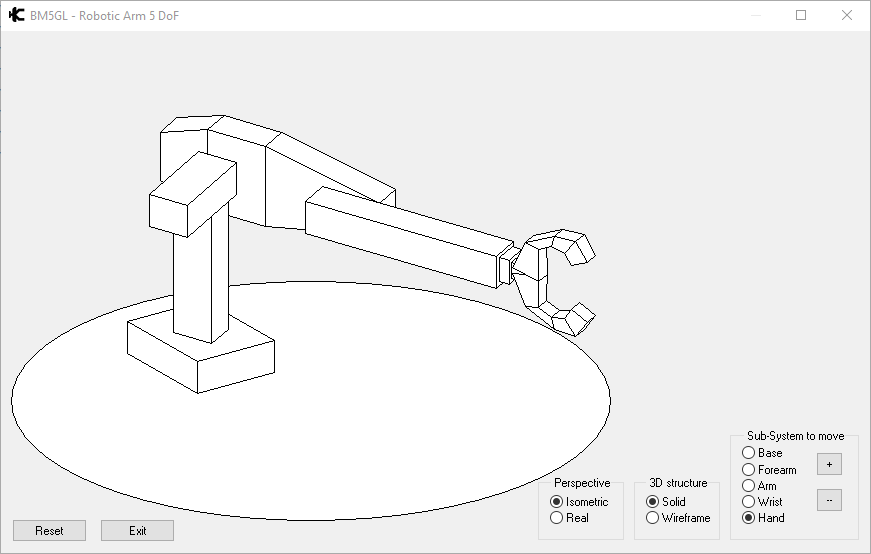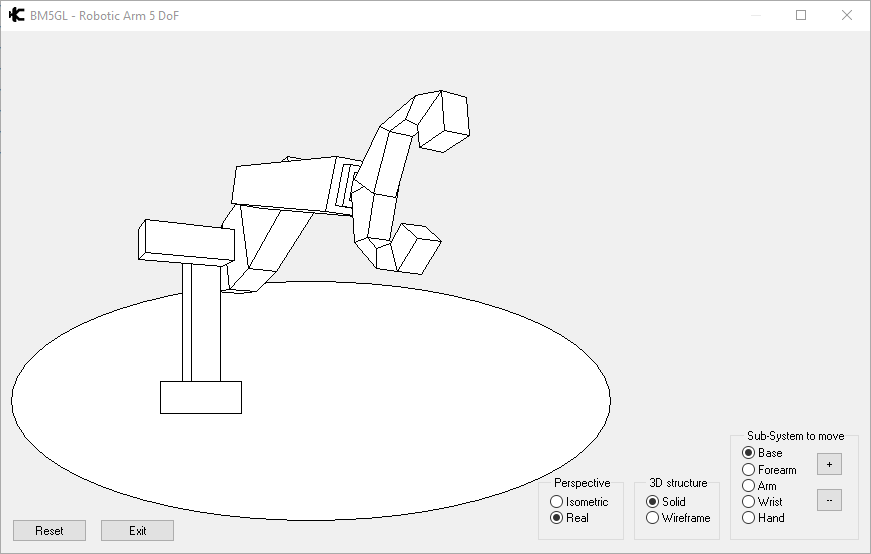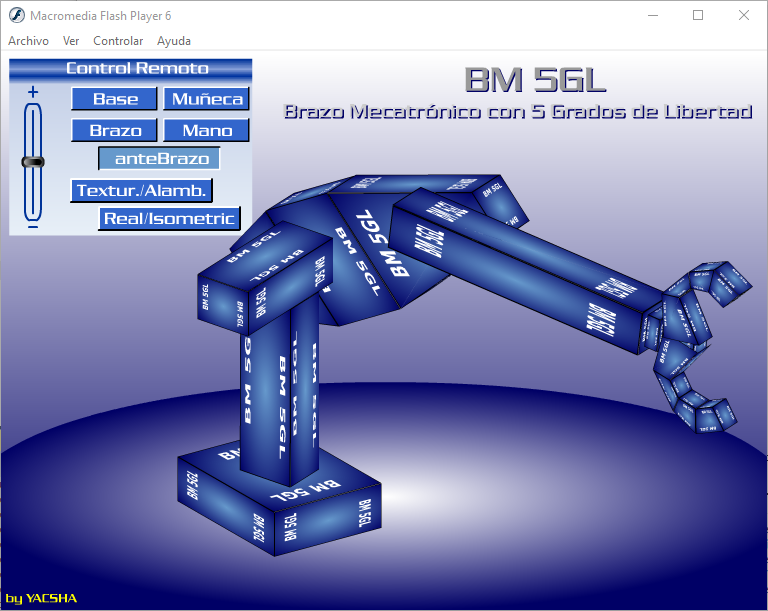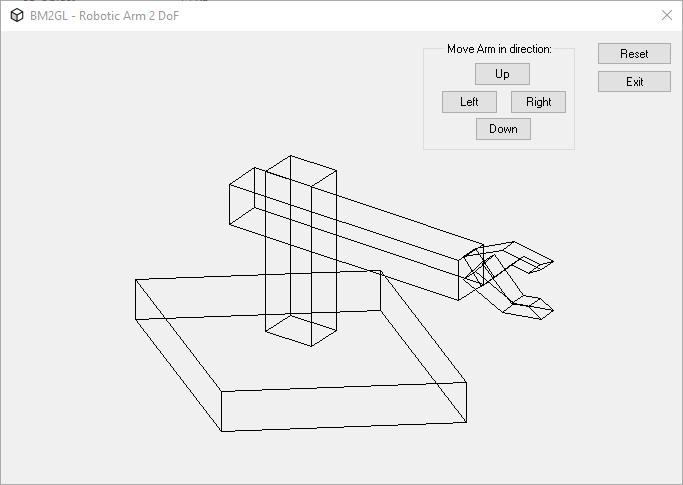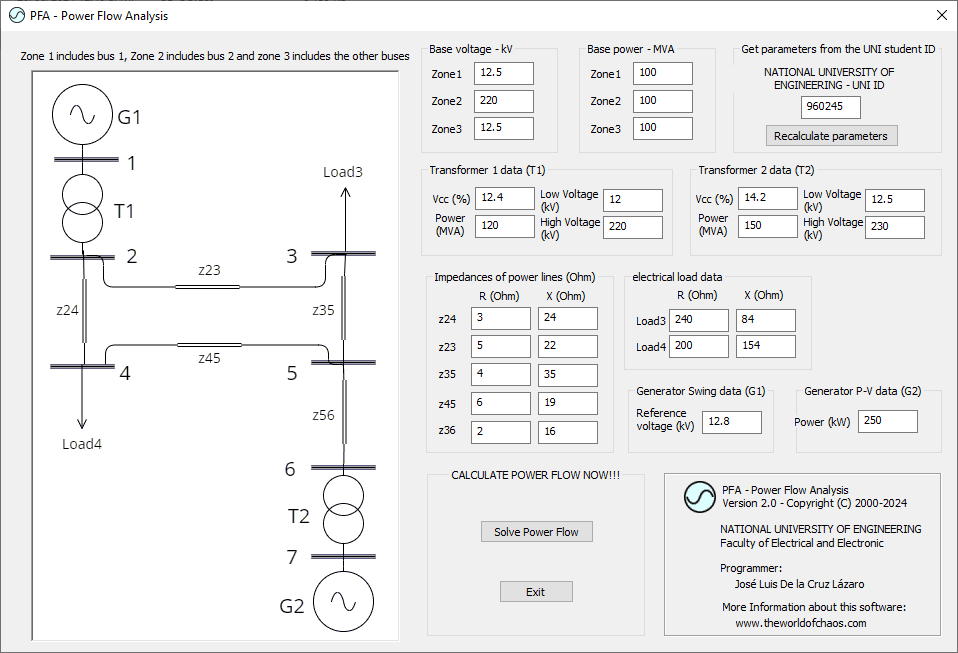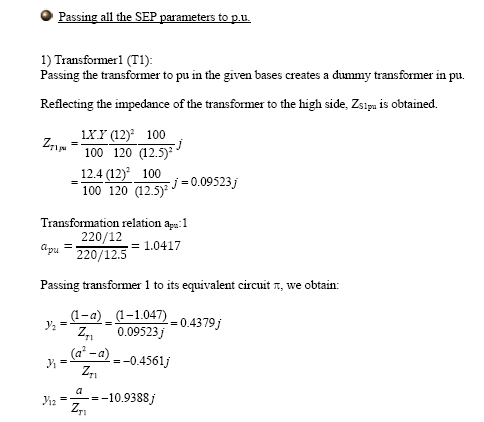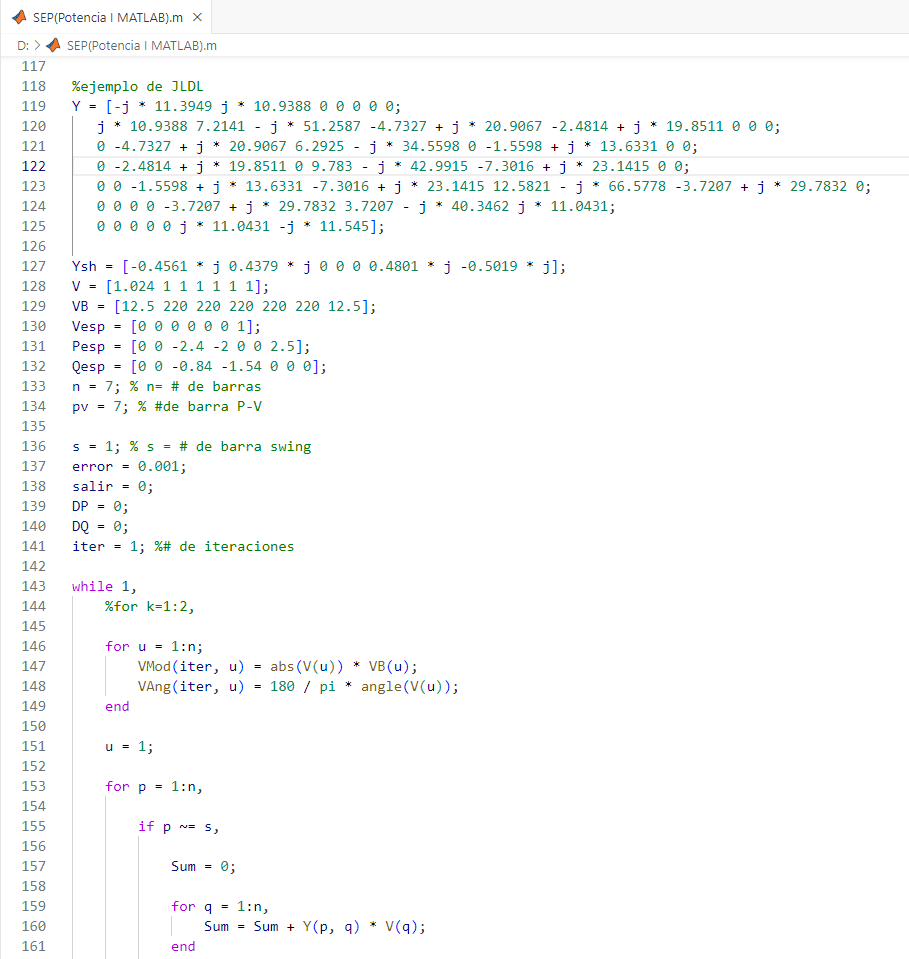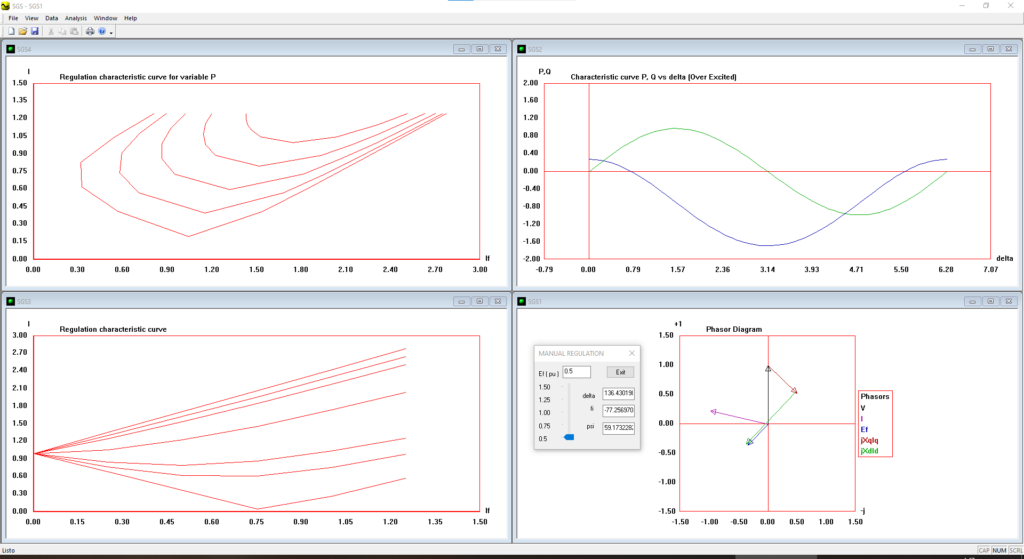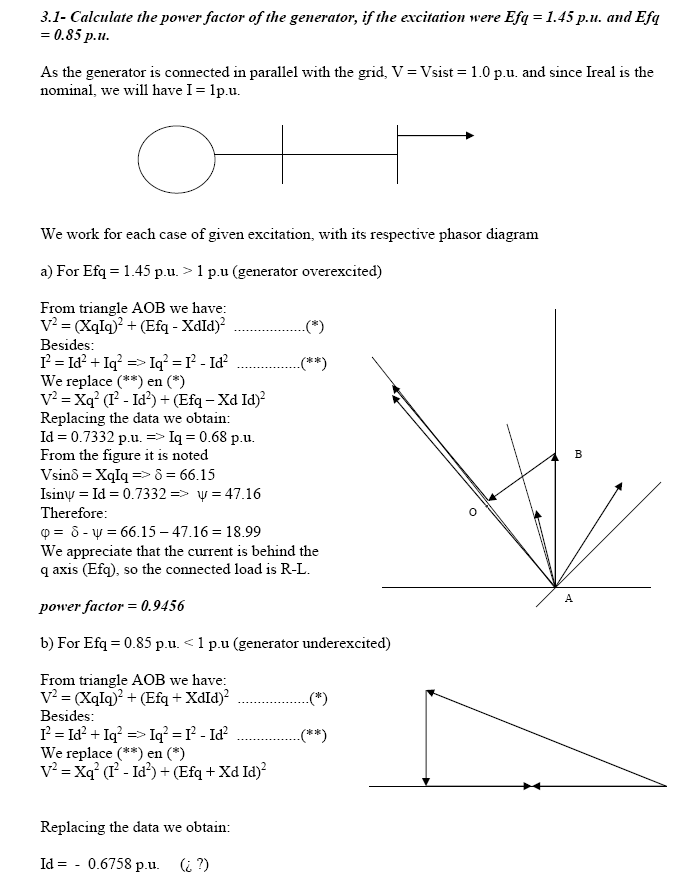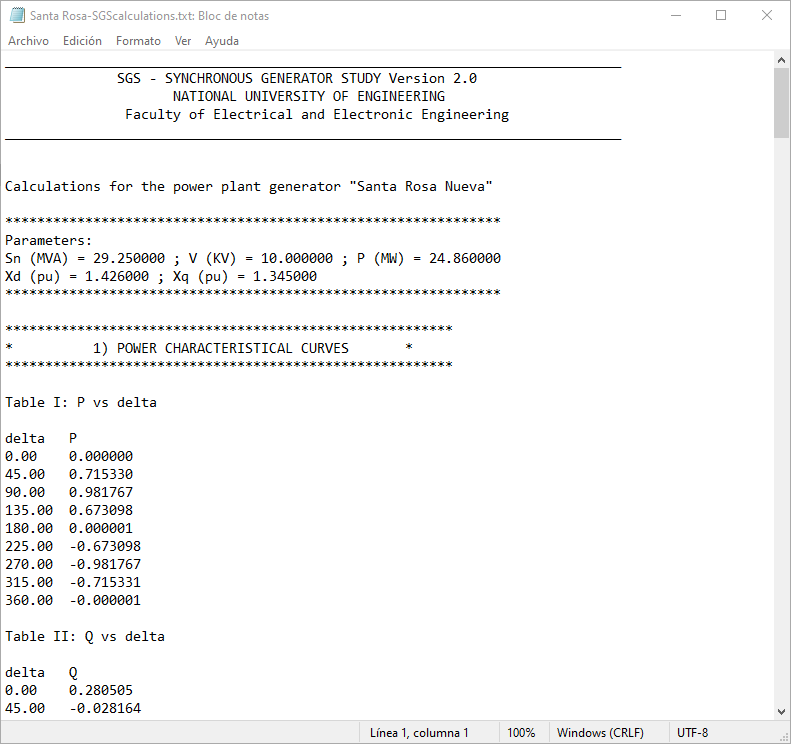Get source code of all advanced programs
Get the SOURCE CODE for video games, mathematical software and electrical engineering and increase your programming expertise. Learn how to create powerful Windows programs by exploring the source codes of my advanced programs, which will serve as a great foundation to start your own projects
You can also pay with BITCOIN, just contact us for instructions on how to proceed.


Snake Videogame PACK
This Pack includes my best videogame developed in C++
Snakes – Along the routes of Peru
- Videogame developed in C++, which includes my own GrafVGA graphics library created from scratch, which works as a base with the putimage function of WinBGI, to speed up the graphics painting. You can test it by downloading the software executable for free from here.
- Explore how a video game is made in the purest old-school retro style, but with easy-to-understand C++ code:
- It includes my own GrafVGA graphics library created from scratch, which works as a base with the putimage function of WinBGI, to speed up the painting of graphics on the screen.
- This graphic library includes several video effects such as scrolling effect, fading effect, 3D AquaWave effect, 3D Rotate Image Z Axis effect, among others.
- A retro character database is included, where each character is in a monochrome image of 5 pixels wide by 7 pixels high, and is stored in an array defined in the same code.
- Use of virtual screens (invisible screens in memory) for fast drawing of on-screen graphics.
- Color palette management.
- Loading of fixed and animated sprites from pcx graphics files.
- The CAudio class is created, to play mp3 files simultaneously, which is based on the mciSendString of the Windows API. It is used to play background audio (90’s style techno dance music) and sound effects.
- It allows to read keystrokes for one or two players simultaneously, the keys used for each player can be customized from the configuration.
- The game features an introduction animation, player selection screen, configuration screen and defeated player screen.
- The game plays a pre-recorded demo version of level 1, if no option is selected in the initial options screen.
- Know all the features of the source code from here.

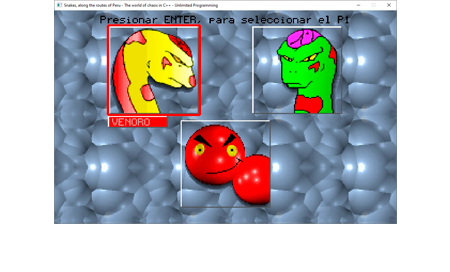
Fractals PACK
This Pack includes my best Fractals graphing programs written in Visual C++, Java and Python, which include several advanced features not seen in the other sections of the web
Fractal X (Visual C++)
- Software written in Visual C++ 2017 that allows you to plot several fractals, including the Mandelbrot Beetle and the 3D Julia Quaternion. You can try it out by downloading the software executable for free from here.
- Explore how a Windows software is made in Visual C++, in this code you will find:
- MFC and Multiple Document Interface (MDI) usage and how it integrates with native C++ code.
- It has compilation projects defined for 32 bits and 64 bits.
- Support for multiple languages with UNICODE characters, for now it only supports English and Spanish, but you can customize it to add your own languages.
- Example of how to link to an external lib library (CImage.lib)
- A project is included to generate the external library (CImage.lib) for 32 bits and 64 bits.
- Use of a powerful C++ class, which allows to create AVI videos using native Windows API functions.
- Explore how to dynamically change the color palette of an image using the CImage.lib library.
- The Quaternion plotting algorithm is improved. NEW ALGORITHM (2024): I thank Alessandro Rosa for providing the basic ideas to develop the quaternion plotting algorithm, faster and with greater detail, than the previous algorithm developed in 2003.
- Know all the features of the source code from here.
Mandelbrot beetle in C++ OpenGL/Java/Python and SQLite database
- Software that allows to plot the Mandelbrot Beetle, that connects to a SQLite database, that allows to save the favorite fractals of the registered users in the database. 3 versions of the same program are included: C++ OpenGL, Java and Python, which can work with the same SQLite database. You can test it by downloading for free the executable produced for each language from here.
- In this code you will find:
- How to paint on the screen using the GLUT library for OpenGL in Visual C++.
- In the Python example you will see how to paint on the screen using the Pygame library.
- In the Java example you will see how to paint on the screen using the libraries java.awt.Graphics, java.awt.image.BufferedImage, java.awt.Color and the java.awt.event library is used to control the mouse and keyboard events.
- How to manipulate a SQLite database, where you will see how to create a database in a .db file, how to add records, using SQL language statements in C++, Python and Java languages.
- Know all the features of the source code from here.

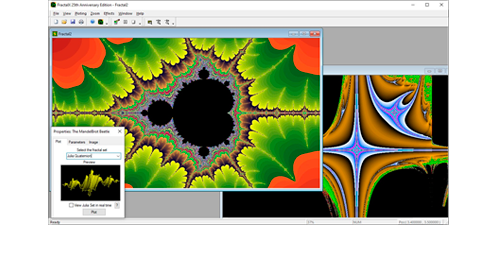
3D Math PACK
This Pack includes my best 3D Math programs, written in Visual C++, exploring them you will learn how to create 3D solids in a matrix and then plot them in a Windows window, controlled by an interface with buttons and option controls
BM5GL (Visual C++)
- Mechanical arm with 5 degrees of freedom, written in Visual C++, this 3D mathematical programming example has 5 subsystems with independent rotation: base, arm, forearm, wrist and hand. You can test it by downloading for free the executable produced for each language from here.
- In this code you will find:
- How to use the MFC CDialog class to put common controls.
- It has compilation projects defined for 32 bits and 64 bits.
- It uses the CTransformations class that defines 3D and 3D to 2D matrix transformations.
- The CSubsystem class derived from Transformations is used to define the 3D geometry of each subsystem that composes the 3D object, in this case the robotic arm.
- The solid structure allows to hide the non-visible part of the subsystems that is covered with another
- subsystems that is covered by another subsystem, which makes the plotting of the arm look more realistic. For this it uses the technique of Ray Tracing (vector VS) (Z-perspective) and the vector product, in certain points where it is doubtful which one is in front or behind.
- Know all the features of the source code from here.
BM5GL (ActionScript – Flash)
- The same mechanical arm with 5 degrees of freedom of the acterior project, but this time rewritten in Action Script – Flash. You can try it from here.
BM2GL (Visual C++)
- Mechanical arm with 2 degrees of freedom, written in Visual C++. The project is similar to BM5GL, but with only 2 subsystems, it allows to rotate the arm and open/close the hand. You can start exploring this smaller project, before exploring BM5GL, to make it easier to understand the source code. You can test it by downloading for free the executable produced for each language from here.

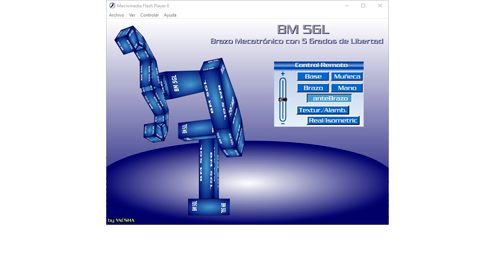
Electrical Engineering PACK
This Pack includes the programs that I developed to solve some projects of the electrical engineering career, which solve topics such as the analysis of the synchronous generator and the load flow of an electrical power system at an academic level. While my classmates solved it using Matlab, I chose to solve it using Visual C++
PFA – Power Flow Analysis of Power System
- The same program has been developed in 2 different languages: Matlab and Visual C++, that solves the load flow of an electrical power system at an academic level, using systems of matrix equations in complex variable and the Newton-Raphson iterative numerical method to quickly reach the solution. You can try it by downloading the free executable of the software from here.
- By exploring the source code you will
- Get access to the research work document in PDF format (30 pages). Includes original version in Spanish language and version in English language.
- Data entry of the electrical parameters of the system, resistances, impedances, voltage levels, generator powers and active and reactive powers of the loads.
- Swing bus definition.
- Initial scaling: Conversion of the nominal values of the electrical parameters to unit values, or pu values.
- Creation of the admittance matrix of the electrical power system.
- Creation of the Jacobian matrix in complex variable, to apply the Newton-Raphson iterative method.
- Solving the power flow, from a system of matrix equations in complex variable, using the Jacobian matrices and the Newton-Raphson algorithm.
- Final scaling: Conversion of unit or pu values to nominal values of all electrical parameters and unknowns of the system.
- Reporting of the system unknowns: such as current and voltages in each bus of the system.
- Know all the features of the source code from here.
SGS – Synchronous generator study
- Software written in Visual C++ that allows to vary the excitation voltage of a generator through a Windows slider control and to see how the vectors and graphs vary, when sliding the control. You can try it out by downloading the free executable from here.
- By exploring the source code you will learn:
- Get access to the research work document in PDF format (30 pages). Includes original version in Spanish language and version in English language.
- How to solve and plot the exitation curves of the synchronous generator.
- Explore the source code of the slider interface to control the excitation voltage and see how the vectors and graphs vary as you slide the slider.
- How to plot curve graphs in an XY region in Visual C++ using the MFC and the CDC class.
- How to make reports in txt text files of the generator excitation
- Know all the features of the source code from here.

